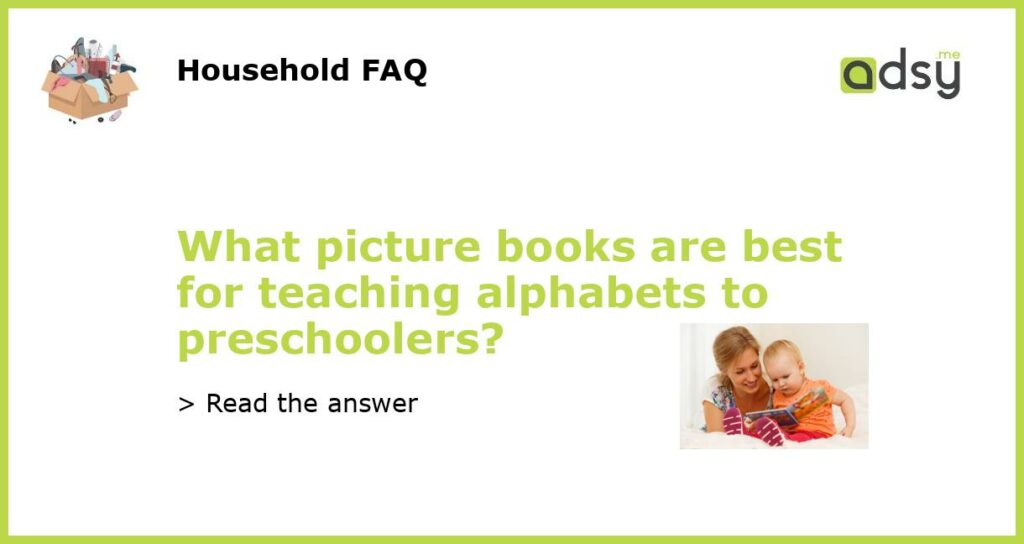Introduction
Teaching preschoolers the alphabet is an important stepping stone towards reading and writing. Picture books that incorporate the alphabet into their story and illustrations can make the learning process fun and engaging for children. But with so many options out there, which picture books are the best for teaching alphabets to preschoolers? In this article, we’ll explore some of the top picks.
Dr. Seuss’s ABC
First published in 1963, Dr. Seuss’s ABC book has remained a favorite among parents, teachers, and children. The brilliant illustrations and whimsical rhymes make learning the alphabet enjoyable for young learners. By incorporating recognizable characters like the Cat in the Hat and other playful creatures, children can easily absorb the letters and their associated sounds.
Chicka Chicka Boom Boom
Chicka Chicka Boom Boom by Bill Martin Jr. and John Archambault is a beloved classic in early childhood literature. The story centers around the letters of the alphabet climbing up a coconut tree, only to have the tree bend and shake until the letters come tumbling down. The rhythmic and repetitive text, along with whimsical illustrations, make this book a great choice for teaching phonics and the alphabet to young learners.
LMNO Peas
LMNO Peas by Keith Baker is an interactive picture book that takes children on a journey through the alphabet with a cast of adorable pea characters. The lively illustrations and playful wordplay make this book a fun and engaging way to teach children the letters of the alphabet, as well as early concepts like opposites, colors, and numbers.
The Alphabet Book
Finally, for a straightforward and simple approach to teaching the alphabet, The Alphabet Book by P.D. Eastman is a staple in many classrooms. With bold, colorful illustrations and minimal text, this book is perfect for introducing the alphabet to very young children. It also includes a helpful guide at the back of the book for parents and teachers with suggestions for activities related to each letter of the alphabet.






